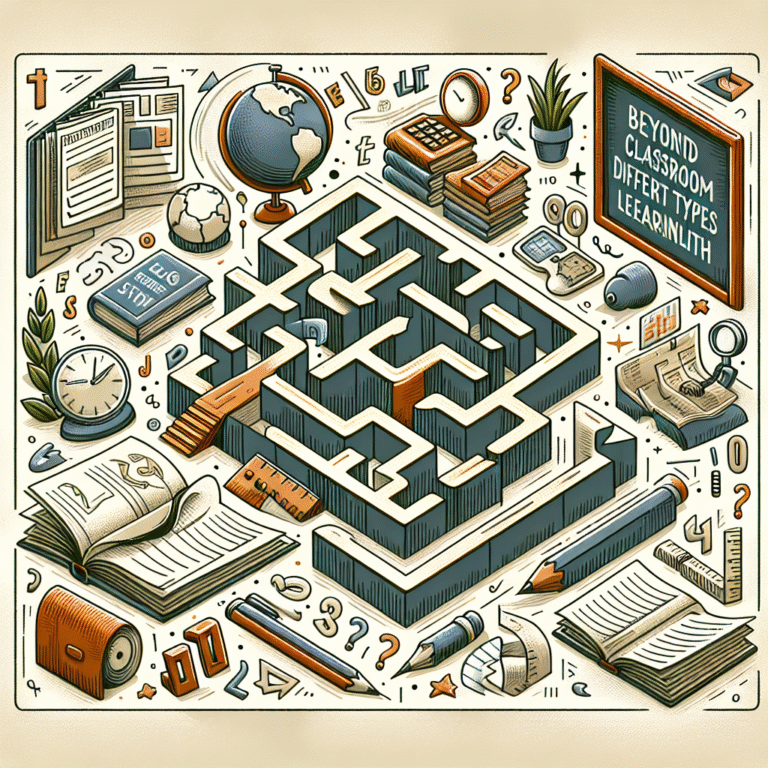
Time to Take Action: Proven, Science-Backed Ways to End Procrastination
Introduction
Procrastination is a universal struggle that plagues people of all ages and backgrounds. It creeps into our lives, stealing away precious time and rewarding us with feelings of guilt and frustration. If you’ve found yourself stalled on important tasks, you’re not alone. Studies suggest that up to 20% of adults are chronic procrastinators, with younger individuals often affected more deeply.
But here’s the good news: it is indeed "Time to Take Action: Effective, Science-Backed Ways to End Procrastination." In this article, we will delve into proven strategies to help you break free from the chains of delay. Our journey will explore actionable insights backed by research, engaging case studies, and tools that empower you to reclaim your time and productivity.
Understanding Procrastination: The Psychology Behind Delay
Before we can tackle procrastination, it’s essential to understand its roots. Procrastination isn’t merely about poor time management; it’s often linked to deeper psychological issues such as fear of failure, perfectionism, and decision fatigue.
The Fear Factor
Fear can be paralyzing. When a task feels daunting or high-stakes, our instinct is to avoid it. According to a study published in the Journal of Personality and Social Psychology, fear is a significant motivator for delay. When we evade tasks due to fear, we may exacerbate anxiety, creating a vicious cycle of avoidance.
Perfectionism’s Role
Perfectionism plays a critical role in procrastination. A study in Personality and Individual Differences found that those who set unrealistic standards were more likely to procrastinate. The fear of not meeting these standards leads to avoidance behavior.
Actionable Techniques to Combat Procrastination
1. The Two-Minute Rule
The Two-Minute Rule is a simple yet compelling method for combating procrastination.
How It Works: If a task can be completed in two minutes or less, do it immediately.
Rationale: This rule leverages the brain’s preference for instant gratification. Engaging in quick tasks boosts momentum and positively affects your motivation to continue working on more significant projects.
Case Study: A busy executive adopted this rule with remarkable results. By addressing emails and minor tasks right away, she reportedly increased her productivity by 20%, leaving her with more time to focus on crucial projects.
2. Breaking Tasks into Manageable Chunks
The perception of a daunting task can be paralyzing. A method known as "chunking" can mitigate this.
How It Works: Divide larger tasks into smaller, more manageable sections.
Rationale: Research from the American Psychological Association indicates that breaking down tasks eases cognitive load, making it easier to start and maintain focus on the work.
Case Study: A college student struggling with an extensive thesis project found that dividing the paper into sections made it feel less overwhelming. By setting daily goals for each section, she maintained steady progress and submitted her thesis ahead of schedule.
3. Time Blocking
Time blocking involves setting aside specific blocks of time for different tasks.
How It Works: Allocate segments of your day for particular activities and stick to them.
Rationale: A study in Cognitive Research suggests time blocking enhances productivity by creating dedicated periods of concentration, reducing the chances of distractions.
Case Study: A freelancer who implemented time blocking reported increased productivity. She developed a schedule that allowed her to dedicate mornings to creative tasks and afternoons to administrative work, resulting in more focus and less fatigue.
4. Setting Clear Deadlines
Often, tasks feel overwhelming without a clear endpoint. Setting deadlines can provide the structure needed to confront procrastination.
How It Works: Establish specific deadlines, even for self-imposed tasks.
Rationale: The Temporal Motivation Theory suggests that clear deadlines amplify motivation. Tasks with impending deadlines are more likely to be prioritized.
Case Study: A project manager faced a tight deadline for a major client presentation. By breaking down the project and assigning specific deadlines to each part, he finished ahead of time with remarkable results—and less stress.
5. Visual Cues and Reminders
Utilizing visual aids can help to reinforce your goals and keep you on track.
How It Works: Use planners, calendars, or even sticky notes to keep your objectives in sight.
Rationale: Research indicates that visual reminders can significantly improve your chances of completing a task. Seeing your goals regularly can enhance your motivation to take action.
Case Study: An artist struggling with consistent practice began placing reminders around her studio. With visible cues of her goals, she increased her daily practice sessions from once a week to three, ultimately preparing for a successful gallery exhibition.
6. Embracing the Pomodoro Technique
The Pomodoro Technique mixes work and rest efficiently to combat procrastination.
How It Works: Work intensely for 25 minutes, followed by a 5-minute break. After four "Pomodoros," take a longer break.
Rationale: This method reduces burnout and fosters sustained concentration. A 1992 study in the Journal of Applied Psychology showed that working in short bursts enhances focus.
Case Study: A software developer implemented the Pomodoro Technique in his daily routine. He reported feeling less fatigued and more productive, completing tasks faster and with better quality.
7. Engaging in Mindfulness Techniques
Mindfulness can play a pivotal role in overcoming procrastination by enhancing focus and reducing anxiety.
How It Works: Mindfulness techniques involve being fully present in the moment, often through meditation or breathing exercises.
Rationale: Research published in Psychological Science shows that mindfulness practices improve cognitive control, which can combat procrastination.
Case Study: An executive found that practicing mindfulness before diving into his workday boosted his focus significantly. With fewer distractions, he completed projects more efficiently and with greater satisfaction.
Summary Table: Techniques to Combat Procrastination
| Technique | Description | Research Support |
|---|---|---|
| Two-Minute Rule | Complete tasks that take less than 2 minutes immediately. | Boosts momentum |
| Chunking | Break large tasks into smaller sections. | Reduces cognitive load |
| Time Blocking | Schedule specific time slots for tasks. | Enhances productivity |
| Setting Clear Deadlines | Establish definite deadlines for tasks. | Increases motivation |
| Visual Aids | Use reminders to keep goals in view. | Improves task completion rate |
| Pomodoro Technique | Work for 25 minutes and take a 5-minute break. | Reduces burnout |
| Mindfulness | Practice being present through meditation. | Enhances cognitive control |
Conclusion
It’s abundantly clear that procrastination doesn’t have to dictate your productivity or overall sense of well-being. Using the strategies outlined in Time to Take Action: Effective, Science-Backed Ways to End Procrastination, you can take the reins and turn procrastination into action. Whether it’s the Two-Minute Rule, chunking tasks, or embracing mindfulness, there’s a method for everyone.
By implementing these techniques, you not only boost your productivity but also cultivate a more fulfilling, less stressful life. Remember, the journey to overcoming procrastination starts with a single, committed step. So, take that step today!
FAQs
1. What is the primary cause of procrastination?
Procrastination can stem from various factors, including fear of failure, perfectionism, and overwhelm. Understanding your triggers can help you address the issue more effectively.
2. How can I stop procrastinating on big projects?
Break your project into smaller, manageable tasks, set clear deadlines, and utilize techniques like time blocking or the two-minute rule.
3. Is procrastination always a bad habit?
Not necessarily. Some people find that they work better under pressure. However, chronic procrastination can lead to stress and decreased productivity.
4. What role does motivation play in procrastination?
Motivation is crucial for overcoming procrastination. Using techniques like visualization and setting achievable goals can enhance motivation.
5. Can I use technology to help me overcome procrastination?
Absolutely! There are numerous apps designed to help manage time, set reminders, and maintain focus, such as Trello, Todoist, and Forest.
In conclusion, now is the time to take action. Armed with these insights and strategies, you are fully equipped to tackle procrastination head-on. Embrace these science-backed techniques and transform your productivity today!













